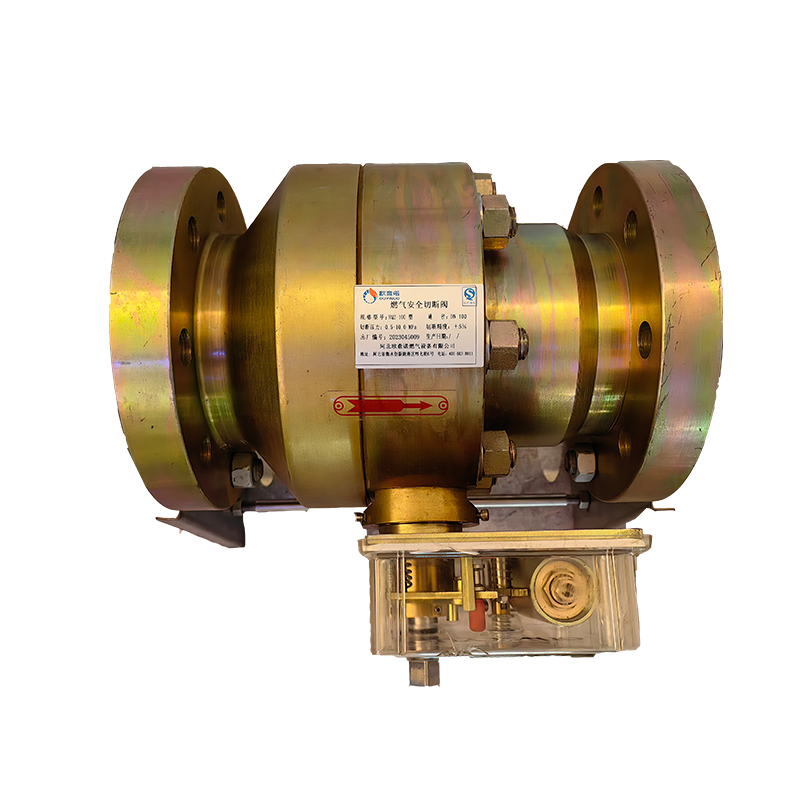
Oct . 30, 2024 15:07
Back to list
safety relief valve
Understanding Safety Relief Valves A Critical Component in Pressure Management
Safety relief valves (SRVs) play a vital role in various industries where maintaining pressure levels is crucial for both safety and operational efficiency. These essential devices are designed to protect pressurized systems from overpressure conditions, which can lead to catastrophic failures and jeopardize both personnel and equipment.
At its core, a safety relief valve is a mechanical device that automatically releases excess pressure from a system, preventing potential accidents. When the pressure in a system exceeds a predetermined limit, the valve opens, allowing the fluid (gas or liquid) to escape until the pressure returns to safe levels. The construction and functioning of these valves are subject to rigorous standards, ensuring reliability and performance.
The operation of safety relief valves is based on the principle of force balance
. In a typical valve, a spring holds a disk in a closed position against the force of the pressure exerted by the fluid. When the system pressure increases and reaches the set point of the valve, the force of the fluid overcomes the spring tension, causing the disk to lift and allowing fluid to escape. Once the pressure decreases to a safe level, the spring closes the valve, resuming the normal operation of the system.safety relief valve

There are various types of safety relief valves, including spring-loaded, weighted, and pilot-operated types, each suited for specific applications. Spring-loaded valves are the most common and are widely used in industries such as oil and gas, chemical processing, and power generation. Pilot-operated valves, on the other hand, are often used in high-pressure applications due to their ability to maintain a tighter seal and reduce leakage.
Regular maintenance and testing of safety relief valves are essential to ensure their reliability. Over time, components may wear, leading to reduced performance or even valve failure. Facilities must adhere to industry standards and regulations for inspection intervals to minimize risks. Moreover, accurately sizing and selecting the right valve for the application is crucial. An undersized valve may fail to relieve pressure effectively, while an oversized valve could lead to system inefficiencies and increased wear.
In conclusion, safety relief valves are indispensable for maintaining the integrity of pressurized systems. Their ability to prevent overpressure situations safeguards personnel, equipment, and the environment. As industries continue to innovate and evolve, the importance of reliable pressure management will only grow, reinforcing the significance of safety relief valves in ensuring operational safety and efficiency. Proper installation, regular maintenance, and adherence to industry standards are essential practices that help companies maximize safety and performance in their operations.
Next:
Latest news
-
Safety Valve Spring-Loaded Design Overpressure ProtectionNewsJul.25,2025
-
Precision Voltage Regulator AC5 Accuracy Grade PerformanceNewsJul.25,2025
-
Natural Gas Pressure Regulating Skid Industrial Pipeline ApplicationsNewsJul.25,2025
-
Natural Gas Filter Stainless Steel Mesh Element DesignNewsJul.25,2025
-
Gas Pressure Regulator Valve Direct-Acting Spring-Loaded DesignNewsJul.25,2025
-
Decompression Equipment Multi-Stage Heat Exchange System DesignNewsJul.25,2025

